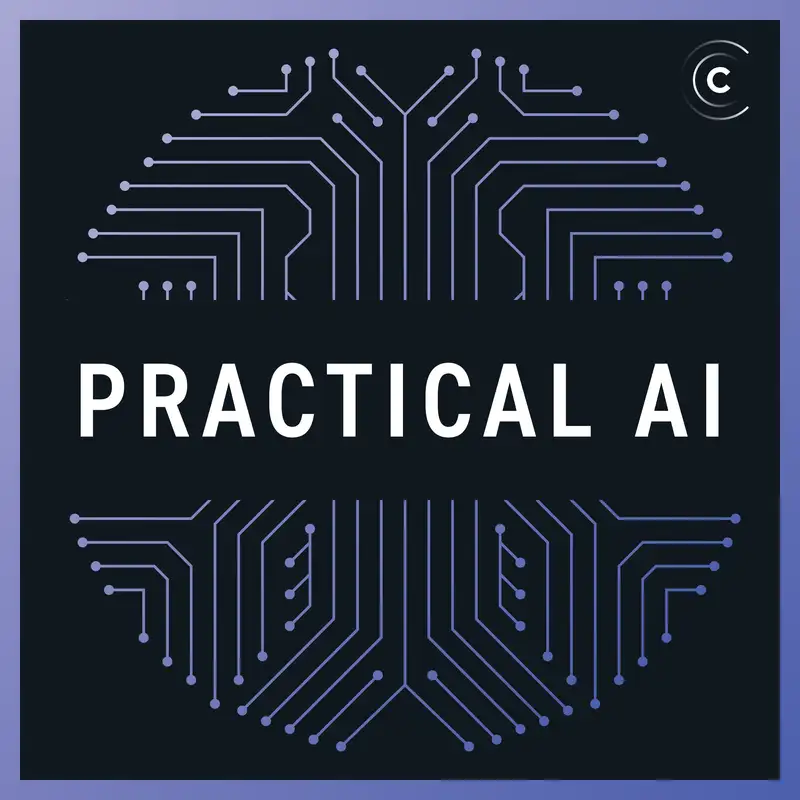CMU's AI pilot lands in the news 🗞
Daniel and Chris cover the AI news of the day in this wide-ranging discussion. They start with Truss from Baseten while addressing how to categorize AI infrastructure and tools. Then they move on to transformers (again!), and somehow arrive at an AI pilot model from CMU that can navigate crowded airspace (much to Chris’s delight).
Changelog++ members support our work, get closer to the metal, and make the ads disappear. Join today!
Featuring:
Show Notes:
- Truss on GitHub
- CMU: AI Pilot Can Navigate Crowded Airspace
- Embarrassingly Parallel Training of Expert Language Models
- Toucan: Learn español without even trying
- 3D Vision with Transformers: A Survey
- Sphere: Natural Language Processing with Transformers
- SkyJack on GitHub
- NVIDIA AI Demos
Something missing or broken? PRs welcome!
Creators and Guests


